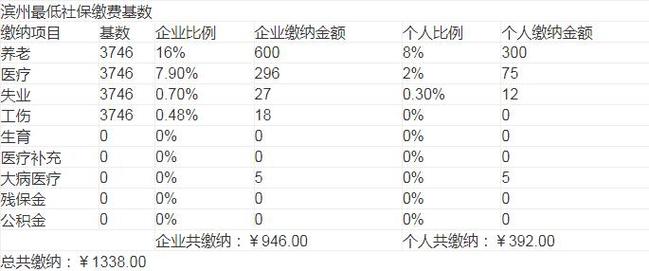Understanding Air Freight Insurance
Air freight insurance, also known as cargo or air cargo insurance, is a type of coverage designed to protect goods transported via air from potential risks and damages during transit. This insurance provides financial protection to both exporters and importers against various perils such as theft, damage, loss, or other unforeseen circumstances that may occur during transportation.
Coverage and Types of Risks:
1.
Damage or Loss:
Air freight insurance typically covers damage or loss of goods during transit. This includes protection against physical damage caused by accidents, mishandling, or natural disasters.2.
Theft and Pilferage:
It provides coverage in case of theft or pilferage of goods while in transit or during storage at airports or warehouses.3.
Transit Risks:
This includes risks associated with the transportation process, such as accidents, collisions, or incidents during loading and unloading.4.
Customs Seizure:
Coverage may extend to protect against losses resulting from customs seizure or confiscation of goods.5.
War and Terrorism:
Some policies may include coverage for damages caused by acts of war, terrorism, or political unrest, though this might require additional premiums.Key Components of Air Freight Insurance:
1.
Declared Value:
The insured value of the cargo declared by the shipper, which serves as the basis for calculating insurance premiums.2.
Premium:
The cost of air freight insurance, determined based on various factors including the nature of the cargo, its value, the chosen coverage, and the transportation route.3.
Deductibles:
The portion of the claim that the insured party is responsible for paying out of pocket before the insurance coverage kicks in.4.
Exclusions:
Certain risks or circumstances may not be covered by the insurance policy, such as inadequate packaging, inherent vice, or illegal activities.Choosing the Right Policy:
1.
Assess Your Needs:
Evaluate the nature of your cargo, its value, and the potential risks involved during air transportation.2.
Compare Policies:
Research and compare insurance policies offered by different providers to find the one that best suits your requirements in terms of coverage and cost.3.
Review Terms and Conditions:
Carefully review the terms, conditions, and exclusions of the policy to ensure you understand what is covered and what is not.
4.
Consider Additional Coverage:
Depending on your specific circumstances, consider whether you need additional coverage for risks such as terrorism or political unrest.Conclusion:
Air freight insurance plays a crucial role in mitigating the financial risks associated with transporting goods by air. By understanding the coverage options, key components, and factors to consider when choosing a policy, exporters and importers can safeguard their shipments and ensure smooth and secure transportation of goods across international borders.
For further guidance or assistance in selecting the right air freight insurance policy, consult with insurance experts or brokers specializing in cargo insurance.











